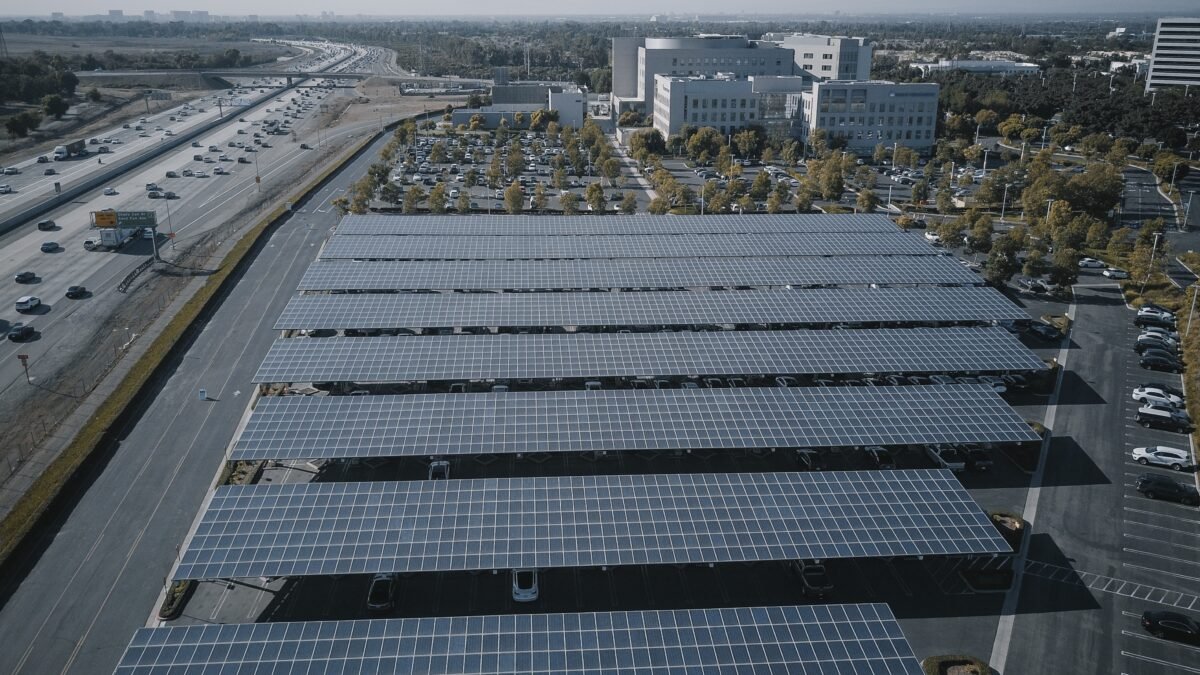In an age where climate change is a pressing concern and renewable energy sources are gaining prominence, solar energy has emerged as a key player in the transition to a more sustainable future. At the heart of solar power generation lies the remarkable technology of photovoltaic cells, which can convert sunlight into electricity. To truly appreciate the potential of solar energy, it is essential to understand the science behind these cells.
What are Photovoltaic Cells?
Photovoltaic cells, often simply referred to as solar cells, are the building blocks of solar panels. These cells are made from semiconductor materials, typically silicon, which possess the unique ability to convert sunlight into electricity. This conversion process is based on the principles of the photovoltaic effect, a phenomenon that was first discovered in the 19th century by French physicist Edmond Becquerel.
The Photovoltaic Effect
The photovoltaic effect occurs when certain materials generate an electric current when exposed to light. In the case of photovoltaic cells, this effect is harnessed to produce electricity. Here’s a simplified breakdown of how it works:
- Absorption of Photons: When sunlight, composed of tiny packets of energy called photons, strikes the surface of a photovoltaic cell, the cell’s semiconductor material absorbs some of these photons.
- Generation of Electron-Hole Pairs: The absorbed photons impart their energy to electrons in the semiconductor material, causing them to become energized and break free from their normal positions, creating electron-hole pairs.
- Electric Current Flow: The freed electrons are then guided through an external circuit, creating an electric current. This flow of electrons is what we harness as electricity to power our homes, businesses, and more.
- Completing the Circuit: The electrons return to the other side of the cell, called the p-n junction, where they recombine with the holes they left behind. This ensures a continuous cycle of electron flow as long as sunlight is available.
Types of Photovoltaic Cells
There are several types of photovoltaic cells, with varying efficiencies and applications:
- Monocrystalline Cells: These cells are made from a single crystal structure and are known for their high efficiency. They are commonly used in residential solar panels due to their compact size and effectiveness.
- Polycrystalline Cells: Polycrystalline cells are made from multiple smaller crystals. They are less expensive to manufacture but slightly less efficient than monocrystalline cells.
- Thin-Film Cells: Thin-film cells are made by depositing thin layers of semiconductor material onto a substrate. They are more flexible and cost-effective, making them suitable for various applications, including solar shingles and portable chargers.
- Multijunction Cells: These cells use multiple layers of semiconductor materials to capture a wider spectrum of sunlight, increasing their efficiency. They are often used in concentrated photovoltaic systems and satellite applications.
Challenges and Innovations
While photovoltaic cells have made significant advancements, there are still challenges to overcome. Efficiency improvement, cost reduction, and recycling of materials are ongoing research areas. Scientists are also exploring new materials like perovskite to enhance cell performance.
The Bright Future of Solar Energy
Solar energy, powered by photovoltaic cells, is a clean, abundant, and sustainable source of power. As technology advances and economies of scale drive down costs, solar power is becoming increasingly accessible to communities and individuals worldwide. Understanding the science behind photovoltaic cells is not only fascinating but also crucial as we continue to embrace this renewable energy source and work towards a greener, more sustainable future. With continued research and innovation, the potential of solar energy to meet our energy needs while reducing our environmental impact is boundless.




